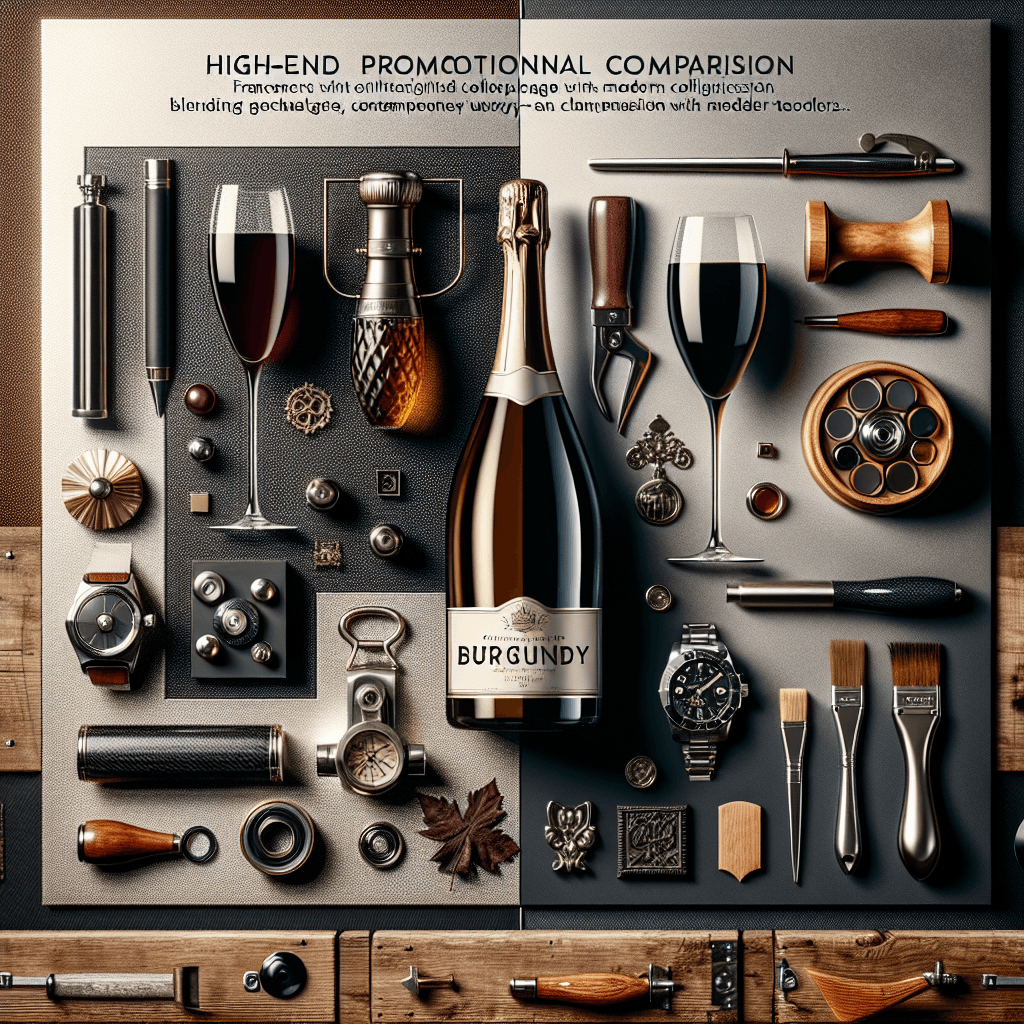A Head-to-Head Comparison of Two of France’s Most Collectible Wines
The allure of French wines extends beyond the vineyards of Champagne and Burgundy, touching the realms of luxury, heritage, and artistry.
- The Champagne Region: A Sparkling Heritage
- The Burgundy Region: A Tapestry of Terroirs
- Criteria for Collectibility
- Current Market Trends
- Cultural and Historical Significance
- Connoisseur’s Insight: Which Reigns Supreme?
The Champagne Region: A Sparkling Heritage
The Champagne region, renowned for its effervescent wines, is steeped in a tradition that dates back centuries. The unique combination of climate, soil, and expertise has positioned Champagne not just as a beverage but as a symbol of celebration and luxury.
- Geographical Indication: Champagne, exclusively produced in the region bearing the same name, enjoys a protected status that guarantees its authenticity and origin.
- Production Techniques: The méthode champenoise, or traditional method, involves a secondary fermentation in the bottle, creating the bubbles characteristic of Champagne.
- Iconic Houses: Legendary producers like Moët & Chandon, Veuve Clicquot, and Dom Pérignon are synonymous with exceptional quality and have a rich history of innovation and prestige.
The Burgundy Region: A Tapestry of Terroirs
Burgundy, a region celebrated for its complex, terroir-driven wines, offers a different kind of allure. The focus here is on the expression of the land, with Pinot Noir and Chardonnay grapes achieving their fullest potential.
- Terroir’s Influence: The concept of terroir is fundamental in Burgundy, where the soil composition, topography, and climate influence each vineyard plot, yielding wines that are profoundly reflective of their location.
- Notable Appellations: From the Côte de Nuits to the Côte de Beaune, Burgundy’s appellations are renowned for producing some of the world’s most coveted wines, including those from Romanée-Conti and Montrachet.
- Small-Scale Producers: Unlike the large houses of Champagne, Burgundy is characterized by smaller, often family-run domains that maintain a deep, personal connection to their vineyards and practices.
Criteria for Collectibility
When assessing the collectibility of wine, several factors come into play, including rarity, aging potential, and vintage quality. Both Champagne and Burgundy score highly on these aspects, but they appeal to collectors in different ways.
- Rarity and Exclusivity: Limited production numbers, particularly for Grand Cru and Premier Cru sites in Burgundy, create a high demand among collectors. Similarly, special releases and limited-edition cuvées from Champagne houses often carry a premium.
- Aging Potential: Both regions produce wines known for their ability to mature gracefully. Champagnes gain complexity and depth with age, while Burgundy’s Pinot Noirs develop rich, nuanced flavors over time.
- Vintage Variation: The variation in vintage quality, influenced by the climatic conditions of the year, plays a crucial role in the investment potential. Notable vintages often achieve legendary status and, accordingly, higher values.
Current Market Trends
The global wine market has seen fluctuating trends, with both Champagne and Burgundy experiencing periods of high demand. Recent trends indicate a robust interest in provenance and authenticity, driving prices for well-documented bottles from esteemed vintages.
- Collectors’ Markets: Asia’s burgeoning luxury market has shown a particular fondness for prestigious French wines, impacting the collectibility and perceived value of both Champagne and Burgundy.
- Auction House Sales: High-profile auction events frequently feature top-tier bottles from these regions, often achieving record-breaking prices that underscore their desirability and investment worthiness.
- Global Appreciation: As wine consumption becomes more globalized, the appreciation for French wines has expanded, influencing both new and established markets.
Cultural and Historical Significance
The cultural imprint of both wine regions extends far beyond their geographic boundaries. Champagne, often associated with celebration and luxury, and Burgundy, with its deep roots in French culinary traditions, both embody aspects of French cultural identity.
- Symbolic Value: Champagne is often perceived as a symbol of success and festivity, making it a popular choice for significant occasions.
- Gastronomic Heritage: Burgundy’s wines are frequently highlighted in the context of gastronomy, celebrated in fine dining and paired meticulously with cuisine that highlights their complexity.
Connoisseur’s Insight: Which Reigns Supreme?
In the debate between Champagne and Burgundy, the answer lies in the palette of the beholder. Both regions offer wines of exceptional quality and rarity, each with a unique story and character that resonates with collectors and connoisseurs alike.
For further exploration of these exquisite wine regions, esteemed publications such as Wine Spectator provide in-depth reviews and discussions.
Ultimately, whether one opts for the vibrant effervescence of Champagne or the nuanced elegance of Burgundy, both choices reflect a deep appreciation for the art of winemaking and the timeless traditions of French viticulture.



